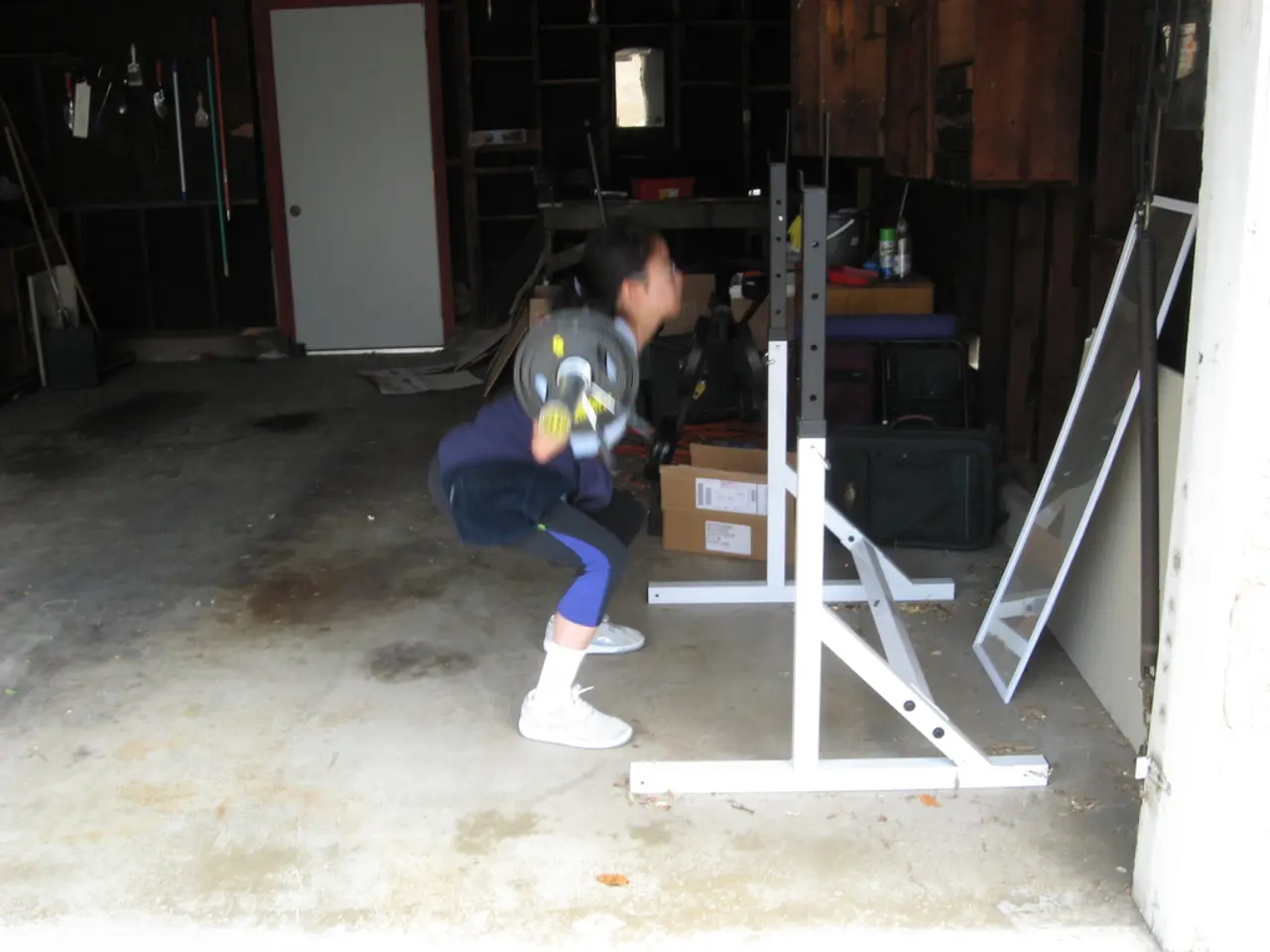Recovery Process Explained: Exercises, Advantages, Cautions, and Essential Details
In the world of fitness and sports, recovery is just as crucial as the workout itself. Active recovery, a low-intensity exercise performed after higher intensity exercise, has been gaining attention for its benefits in improving recovery and performance.
Active recovery can help reduce soreness and tightness after a workout, potentially improving long-term performance. Activities such as walking, swimming, or gentle cycling are ideal for active recovery as they increase blood flow and reduce inflammation without causing high muscle strain.
A study in 2010 found that swimming can improve athlete performance the next day by reducing inflammation and preventing sore muscles. Similarly, a study involving 20 males suggested that self-myofascial release with a foam roller can be useful in reducing delayed-onset muscle soreness after high-intensity interval training (HIIT).
Stretching and yoga, especially restorative or yin yoga that emphasizes long, gentle holds and breathwork, promote circulation and flexibility without overtaxing muscles. These practices can also provide mental clarity and relaxation, making them an excellent choice for active recovery.
However, it's essential to keep the intensity low during active recovery. Active recovery is not meant to be a strenuous or sweat-drenching workout. Avoid pushing to fatigue or pain, and pay attention to your body’s signals. If you experience persistent soreness, fatigue, or signs of overtraining, prioritise rest or more passive recovery instead of active movement.
Choose recovery activities that do not overload the muscles used heavily in prior workouts, to prevent interfering with healing and adaptation. For instance, avoid high-intensity or power yoga styles during recovery days, as they can be counterproductive.
Active recovery can be beneficial during interval training sets and cooldowns. A study found that 10 minutes of self-paced active recovery at 50-60% of the athlete's maximum effort was beneficial during cooldowns.
Passive recovery, such as lying down for several minutes, can also play a role in recovery. However, active recovery might be more useful for people who partake in high-intensity, short, and repetitive exercises, as it quickly decreases the amount of lactic acid in the muscles, which restores the pH balance in the body.
In summary, effective active recovery involves light, low-intensity movements like walking, stretching, or swimming that promote circulation and tissue repair without adding stress. These improve recovery speed and mental well-being but must be balanced with rest, especially when fatigue or injury signals arise. With the right approach, active recovery can significantly enhance your fitness journey.
- Active recovery, such as walking or swimming, can help manage weight by reducing inflammation and soreness after workouts, contributing to improved fitness performance and long-term health-and-wellness.
- Science suggests that including active recovery activities in fitness-and-exercise routines, like self-myofascial release with a foam roller or light yoga practices, can aid in weightmanagement by reducing delayed-onset muscle soreness after high-intensity exercise.
- To optimize recovery, fitness enthusiasts should engage in low-intensity active recovery exercises during cooldowns and avoid strenuous workouts, ensuring that the chosen activities do not lead to pain or signs of overtraining, as healthy recovery is key for successful weightmanagement and science-backed health benefits.




